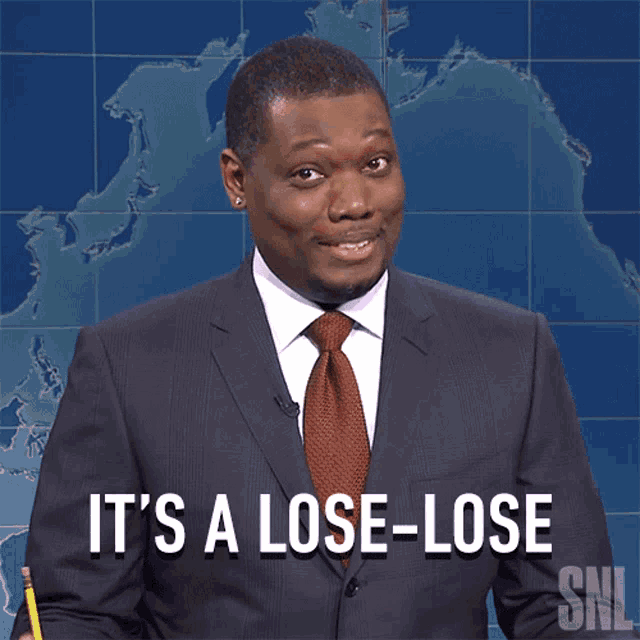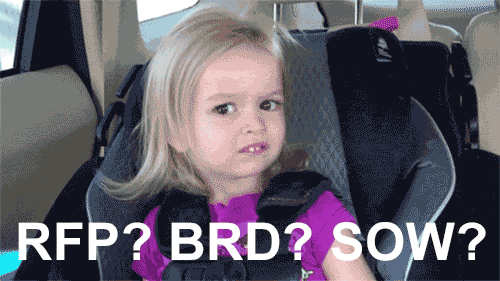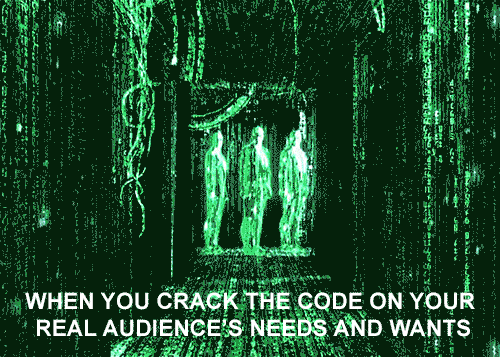ETIP #308
8 tips for procurement when sourcing marketing and creative services

We’re an Agile Agency, so we work really differently from the chaos of most advertising firms. And that means we have first hand experience with procurement problems that wrecked their client relationships and marketing projects. And we’re going to share the top ones with you today. These are real situations we’ve experienced with real clients who we’ve inherited from other agencies.
1. Paying your agency based on media commissions.

This is an industry standard that needs to go away. Most agencies are paid a percentage of what they spend on media. Let’s think about that for a second.
You’re essentially incentivizing another company to spend more of your money — by paying them more when they spend more on media. It’s crazy.
We hear this all the time because none of our compensation is based on media commissions. We charge flat fees for managing media because it’s…more fair. Then we get stronger plans and more value add
2. Treating RFPs and BRDs like real plans for success.

Recognize this face? It’s how we look when we read that request for proposal or business requirements document we receive. They are usually very high level, or, so detailed about one specific thing you can hear the authors current frustrations between the lines. But they never create mutual understanding between the company and the firm replying.
Having one person responsible to put together a plan puts everyone in a difficult position. It creates lots of back and fourth, hidden scope, misunderstandings and slow progress. It’s why we always start every project with an agile roadmap created by the team that’s actually going to do the work. And the only goal of that roadmap is “mutual understanding.”
3. Plans that don’t account for change.

I’m sure no one here has ever seen one of marketing’s projects go really, really far over time and really, really far over budget. Change is inevitable. The big problem companies make is creating waterfall plans where this thing has to happen before this thing, which happens before this thing. So when one part of the plan changes, everything changes.
Start with an Agile Roadmap. It’s a way to plan for change by breaking down all projects into smaller deliverables that can be moved, reprioritized and changed without wrecking the entire plan and schedule. We just plan for change in the plan, and when it happens, it’s not a disaster.
4. Thinking the hourly rate is everything.

At the 4As and ANA summit a few weeks ago, someone asked the research head for the Association of National Advertisers how companies should think about price when choosing to work with an agency. He said, “if you’re making a decision as quality-dependent based upon price, you couldn’t be going about it more wrong.”
And that’s true. Marketing that doesn’t work is the most expensive marketing of all because it doesn’t pay for itself in performance. On top of that, agencies can do all sorts of things to get to the hourly rate you want without actually making your project less expensive. Our advice is to stop thinking about hourly rates and agency fees. Make a decision based upon quality of work and chemistry. That will always pay more dividends than an arbitrary hourly rate.
5. Falling in love with the pitch team.

This is a dirty little industry secret. A slick pitch team may win the account, but that team can’t work on every account at the agency. So A lot of agencies have you work with a single point of contact, just one or two account managers will show up on your status calls. Is the team that you fell in love with at the pitch the team that is actually doing the work? Probably not.
But at Starmark, you see the whole team regularly as the team member that writes the scope is also the one that delivers the work. You develop rapport and trust with the whole team of people who are with you from the beginning of a project to the end. You get to know them, and they get to know what you are looking for directly leading to getting it right the first time.
6. Decisions by committee.

We’ve got scope creep, ten review meetings, multiple layers of approval and a timeline that takes weeks and weeks.
Here’s one of the most sure-fire ways to get terrible work back: hire an outside team of marketing experts and then tell them exactly what to do. It’s even worse when you throw in multiple stakeholders whose ideas don’t align, and executive management who has the final say but doesn’t participate in the process until the very end. It’s a recipe for endless changes that wastes lots of time and money.
And the solution is simple: hire people you trust and then trust them to give you good counsel. You wouldn’t hire a lawyer and then tell her how to run your case? Or a doctor. Your marketing team has just as much experience and specialized skill as those professions.
7. Not having honest conversations about budget.

Here’s a look at what happens when you don’t have up-front conversations about budget. We start out with sky-high expectations – something you want, and something we want to deliver – and then end up with something that barely works. Remember, in marketing, there’s never just one way to meet a goal. Maybe there’s a way to get there over a slightly longer time if there’s slightly less money. Maybe it just requires a more novel approach to get there.
Pro-tip: when we know the budget, we solve the problem to give you the biggest bang for your buck. When we don’t know the budget, it’s a hope and a prayer.
8. Not testing your work.

Here’s a good one, your agency says to you “Here are three options, which do you like best?” or maybe “Here are three options, this is the one we like best, what do you think?”, and, you like a different one, so they recommend you frankenstein the best parts together into an entire new options. Or the worst of all, you and your agency agree on the best ad, which finally goes up the chain to the top exec, and “they don’t like it”.
Our answer: Don’t take our word for it. Test with your target customer along the way. Present creative with the test results. It provides an objective basis for making marketing decisions — and helps us get to the right answer faster.
